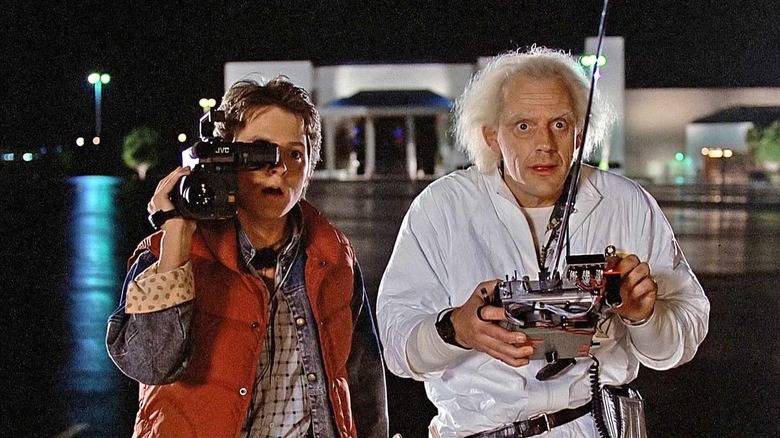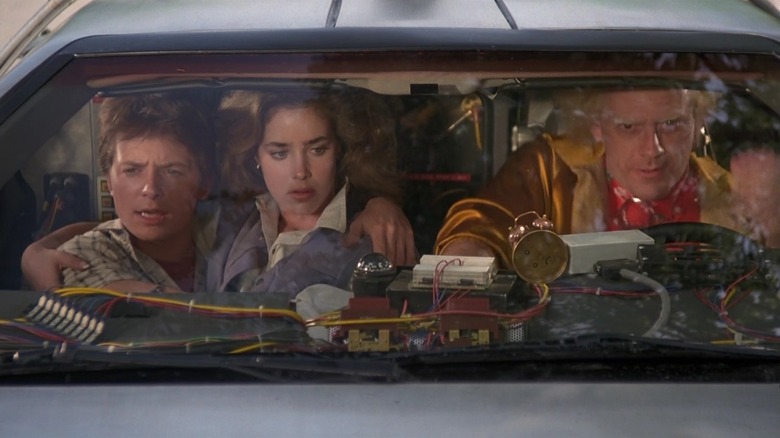Let’s face it: going out to the flicks might by no means absolutely get better from the onslaught of the COVID-19 pandemic and every part that horrific occasion modified. That is why distributors and theaters are steadily turning increasingly more to premium display screen experiences like a big format like IMAX, pristine image and sound like Dolby Cinema, and the wraparound impact of ScreenX. Even a film merely being projected on movie, one thing that was customary in moviegoing for the primary 90-odd years of cinema’s existence, is now changing into a draw for audiences. Amongst all these new display screen choices vying for ticket {dollars} is 4DX, a format that hasn’t fairly but shaped an id of its personal.
Usually, 4DX seems to be an evolution from the D-Field seats of 16 years in the past, permitting you to really feel extra immersed in a film because of synchronized seat rumblings, air results, and motion, together with a couple of extra results like water, wind, and flashes of sunshine. In essence, the format is mostly considered a manner of turning a film right into a mini-theme park experience, and thus far, most shows of movies in 4DX have confirmed that idea. Whereas some movies have lent themselves nicely to the idea (most notably final yr’s “Twisters”), a big quantity have confirmed that the format can simply outstay its welcome by making the expertise too distracting for too lengthy.
Nevertheless, I used to be fortunate to attend the first-ever public screening of the restored 4K model of “Again to the Future” in 4DX the opposite night time in North Hollywood, and the expertise was nothing in need of revelatory. It demonstrated that the format will be greater than a novelty gimmick; it may well really improve the expertise of a movie emotionally in addition to experientially, and it proves that 4DX has a vivid future.
‘Again to the Future’ in 4DX proves that there is an artwork to the format
After I accepted the invitation to see the fortieth anniversary screening of “Again to the Future” in 4DX, I admit I used to be just a little trepidatious. My solely expertise with 4DX previous to this was a screening of “Quick X,” and that presentation was, frankly, doing manner an excessive amount of. The consequence felt like being on a movement experience at a theme park for 2 and a half hours, leaving me feeling extra exhausted (and just a little sore) than exhilarated. Whereas there’s a little bit of schadenfreude in watching of us try and eat their popcorn whereas being tossed round, the expertise was distracting sufficient that it made me warn others in opposition to seeing a film in 4DX for the primary time.
That is all modified because of the work achieved with “Again to the Future.” The rollocking, time-traveling DeLorean certainly makes use of the complete vary of 4DX’s movement, but it surely by no means felt intrusive or distracting from the drama on-screen. Much more spectacular was the best way that the format’s results had been peppered all through the remainder of the movie. “Again to the Future” is not precisely an motion showcase, in order that they use the format to boost little elements and moments: the refined staccato rustle of skateboard wheels on pavement, the swirling breeze of an evening wind, and so forth. What struck me as particularly intelligent was the format getting used to boost not one thing bodily on display screen, however one thing emotional. For example, the rumbling is used as each a setup and a punchline (as with the opening second the place Marty makes use of Doc’s amplifier), or a mild swaying of the seats synced with the motion of a crane shot.
4DX might not simply be for brand spanking new launch blockbusters anymore
To be truthful, not each movie introduced in 4DX has been strictly a brand new launch blockbuster motion film. There’ve been a number of household films seen within the format, in addition to horror movies, some live performance films, and even this summer time’s re-release of Kevin Smith’s comedy, “Dogma.” Usually, nevertheless, 4DX has been seen as a format appropriate for “thrill experience” kind movies, and whereas it is comprehensible, it is saved the format from evolving. Thankfully, the 4DX “Again to the Future” tells me that there is rather more that may be achieved with 4DX. Whereas a 4DX launch of “My Dinner With Andre” could be pushing issues too far, I now consider that the format may do some thrilling issues with movies like “2001: A Area Odyssey,” “Unbreakable,” or “Civil Struggle,” films which have experiential parts to them but in addition require a delicate method to their tones and feelings.
The important thing lies inside the individuals designing, programming, and syncing the consequences to every movie. A lot of the “Again to the Future” presentation will get its energy from how typically the consequences aren’t getting used, permitting the movie (and the viewers) to breathe and turn into engrossed within the characters and the story, which solely makes the consequences extra partaking as soon as they begin taking place once more. Like a lot of the in-theater gimmickry, all of it depends upon the appropriate method. For example, there is a large distinction between a lazy IMAX conversion and seeing “Oppenheimer” or “Sinners” in IMAX 70mm, simply as there’s an enormous distinction between a generic Actual-D 3D launch and the “Avatar” movies.
The way forward for 4DX film screenings tremendously depends upon the even handed use of its results library, as a result of the place the format appears to be going, they do not want masses.



